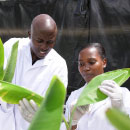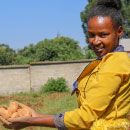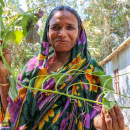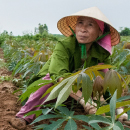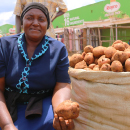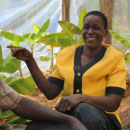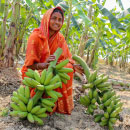The conventional technique breeders use to assess new varieties is to grow several varieties together, often in different ecological environments, and then compare the varieties.
While this can produce useful information, it limits the number of different agro-ecological systems in which varieties are trialed and makes it difficult for farmers to take part. A new technology called TRICOT, which stands for triadic comparisons of technology options, upends that approach and provides valuable additional information. TRICOT can be applied to any technology, not only crop varieties.
Instead of many varieties planted at a few sites, TRICOT asks many individual farmers each to plant three varieties. Throughout the production cycle, including post-harvest and during use, participants rank the varieties from best to worst, overall and for individual characteristics known to be important for farmers and processors. The results are easy to collect, even using mobile phones, which additionally can be used to stay in touch and remind farmers to do the evaluations. Although each farmer grows only three varieties, the allocations ensure that the entire pool is covered. Because the individual farmer triads together represent many combinations drawn from the entire pool, statistical methods can reveal the overall rankings assigned to all the varieties.
Among the benefits of TRICOT are that it can easily scale to hundreds of farmers and processors, and if appropriate data are available, the influence of environmental factors on variety performance can also be assessed. It also offers a good stepping stone for increasing the participation of women in agricultural research. In addition, the limited investment of time and resources (setting up three small plots) and the relatively straightforward experimental design creates curiosity and interest.
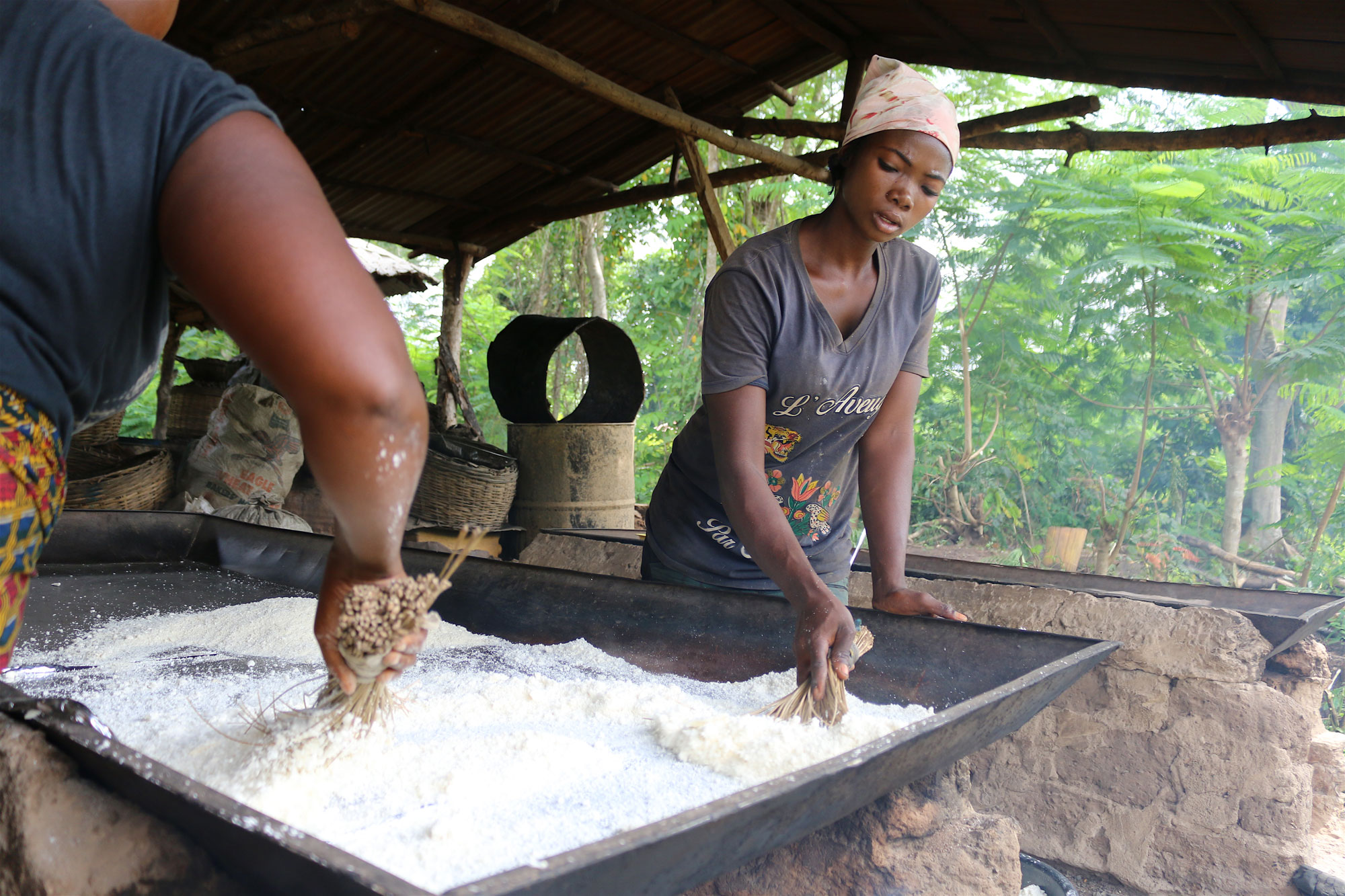
A TRICOT study of cassava varieties in Nigeria included selected individual farmers, with proportional representation of men and women and relevant local social groups. Each characteristic of the variety was evaluated by the people with most knowledge and experience about that characteristic. Farmers planted and assessed the agronomic traits of their three cassava varieties, while aspects of processing and food quality were evaluated by a spouse, daughter or whoever normally does the processing for the farmer’s household. This approach offers a thorough and realistic gender analysis across the different tasks involved in the entire production cycle.
In pilot studies, no differences between men and women emerged, but postharvest and processing traits were the major influence on the final variety chosen to replant by the farmer participant. Clearly, the opinions and evaluations of processors (mainly women) were highly influential, more so than any agronomic trait. The socially inclusive TRICOT approach therefore offers an important tool to determine the overall suitability of varieties, including opinions not only of women and men farmers but also those of the processors, most of whom are women. TRICOT can help farmers to get varieties that suit their conditions and can give breeders useful information on the performance of their varieties.
Online software is now available to enable researchers to plan and implement TRICOT trials of any set of technology options. A variety of data collection options and automatic report generation also makes it easy to quickly feed results back to the participants, giving them a greater sense of ownership of the research. TRICOT also provides comprehensive data for breeders on many more aspects of performance than can be evaluated in conventional variety trials.
- First experiences with a novel farmer citizen science approach: crowdsourcing participatory variety selection through on-farm triadic comparisons of technologies (TRICOT)
- Understanding cassava varietal preferences through pairwise ranking of gari‐eba and fufu prepared by local farmer–processor
- Online software for agricultural citizen science
- The tricot citizen science approach applied to on-farm variety evaluation: methodological progress and perspectives

